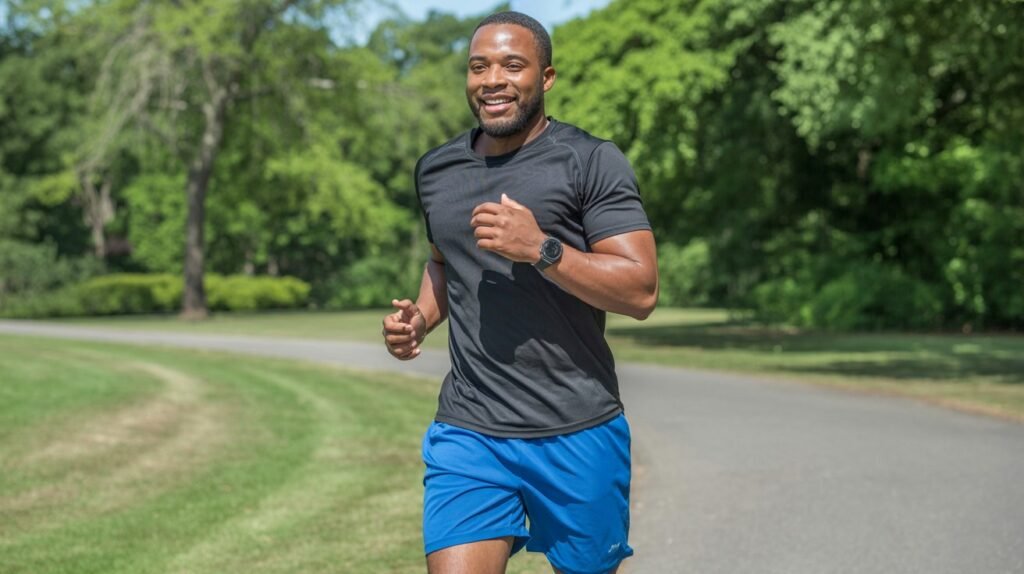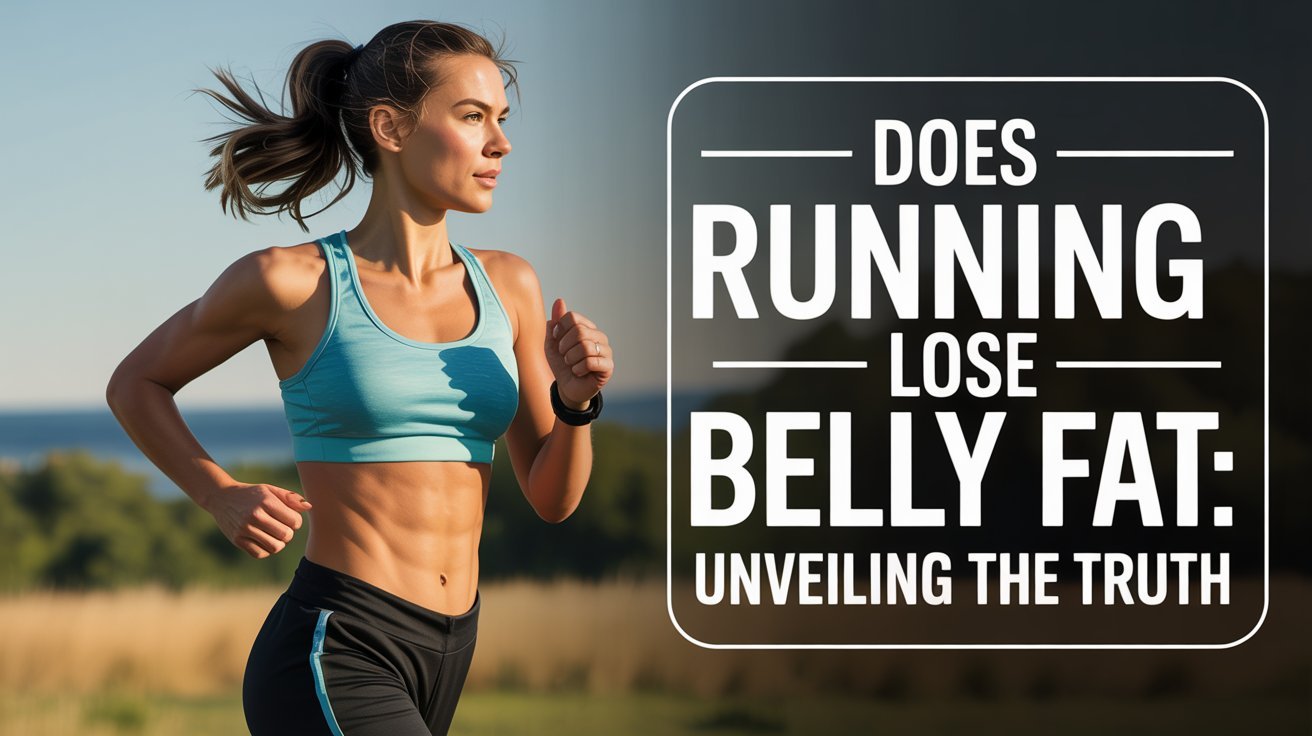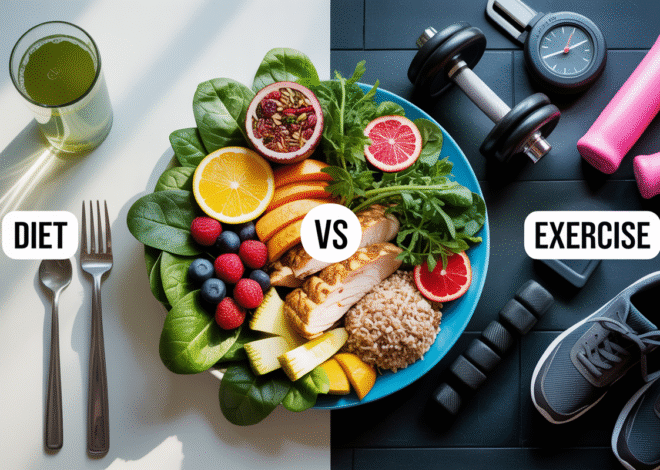Yes, running can help lose belly fat. It burns calories and boosts metabolism.
Running is one of the most popular forms of exercise. People often wonder if it can help target belly fat. The truth is, running burns calories and helps reduce overall body fat. This includes the stubborn belly fat many want to lose.
But, it’s not just about running. A balanced diet and regular exercise routine are crucial. Running helps, but combining it with strength training and healthy eating will show better results. So, let’s dive deeper into how running impacts belly fat and what you can do to maximize your efforts. Keep reading to learn more!

The Science Behind Fat Loss
Metabolism is how your body uses energy. It burns calories even at rest. Running increases your metabolism. So, your body burns more calories. This helps in losing fat. More calories burned means more fat lost. Running also boosts your heart rate. A higher heart rate burns even more calories.
Cardio exercises make your heart strong. Running is a great cardio workout. It helps burn belly fat. Running uses many muscles. The more muscles you use, the more fat you burn. Consistent running leads to better results. Start with short runs. Then, increase distance over time. This helps your body adapt. Make running a habit for best results.
Running As A Fat-burning Exercise
Running is a great way to burn fat. It is an aerobic exercise, which means it uses lots of oxygen. This helps your heart work better. As you run, your body uses energy. This energy comes from stored fat. Running can make you breathe faster. This helps your body burn more calories. Over time, you might see less belly fat. Running is a fun way to stay fit.
Running changes how your body looks. It helps build lean muscle. Muscles burn more calories than fat. This means you burn calories even when resting. Running can help you lose weight. It also helps tone your body. Your legs and arms can become stronger. Running regularly can make you feel good about your body. It is a healthy activity for everyone.
Targeting Belly Fat
Many believe that running directly targets belly fat. This is a common myth. Running helps burn calories. But it does not target one specific area. Spot reduction is the idea that you can lose fat in one place by exercising that spot. This is not true. The body decides where to lose fat. It happens all over the body. Not just the belly.
Running is good for overall health. It helps build endurance. It also improves heart health. Running can help with weight loss. But it must be combined with a healthy diet. This way, you can see results.

Effective Running Techniques
Interval training is a powerful way to burn fat. It involves short bursts of fast running. Followed by slow jogging or walking. Sprint for 30 seconds, then walk for 1 minute. Repeat this pattern for 15 minutes. Intervals help keep the heart rate up. This burns more calories. It is also fun and exciting. Try different speeds and times. Make sure to rest between intervals. This helps the body recover.
Long-distance running is great for losing belly fat. Running for more than 30 minutes helps burn calories. The body uses fat as fuel during long runs. Keep a steady pace. This ensures you can run longer. Endurance is key. Practice makes perfect. Start slow and increase distance over time. Listen to your body. Rest if you feel tired. Stay hydrated and eat well. This supports your running journey.
Complementary Activities
Strength training is a great partner to running. It helps build muscles which can burn more calories. Muscles are like small engines. They need energy to work. So, more muscles mean more calorie burn, even when resting. Include simple exercises like squats and push-ups. These exercises help make the body stronger and more toned. Consistent strength training supports better posture and balance. This makes running easier and safer.
Eating the right foods is important. Choose healthy foods like fruits and veggies. They are full of vitamins and minerals. Avoid too much sugar and fatty foods. These can add extra calories. Drink plenty of water every day. It keeps the body hydrated. Water also helps in digestion. Eating smaller meals can be helpful too. This keeps energy levels steady throughout the day.
Lifestyle Changes For Fat Loss
Staying on track is very important. A daily routine helps. Regular exercise and a healthy diet work best. Avoid skipping workouts or meals. Set a schedule and stick to it. This makes it easier to lose belly fat. Small steps daily can lead to big changes.
Stress affects fat loss. It makes it harder to lose belly fat. Find ways to relax. Deep breathing and meditation help. Try yoga or take a walk. These reduce stress. Sleep enough each night. Good rest helps the body recover. Less stress means more fat loss.
Tracking Progress
Fitness apps help track your running progress. They show your steps and distance. They also track calories burned. Use these features to see changes in your belly fat. Compare weekly results for better insights. Adjust your routine if needed.
Using Fitness Apps
Choose an app that suits your needs. Look for easy navigation and clear data. Features like heart rate tracking can be useful. Set reminders for daily runs. Check progress regularly. Keep motivated by seeing improvements.
Setting Realistic Goals
Start with small goals. Aim for 15 minutes of running daily. Increase time gradually. Set a target to lose a certain amount of belly fat. Be patient. Results take time. Celebrate small achievements. Stay focused and consistent.
Common Mistakes To Avoid
Running alone doesn’t target belly fat. Many believe it does, but diet and strength training are crucial. Misunderstanding this can lead to frustration. Avoid relying solely on running for belly fat loss. Combine exercises for best results.
Overtraining Risks
Running too much can harm the body. Muscles get tired and need rest. Overtraining can cause injuries. You might feel tired all the time. It’s important to balance running with rest days. This helps muscles grow stronger. Listen to your body. If it feels sore, take a break. A proper plan can help you avoid overtraining.
Ignoring Nutrition
Nutrition is key to losing belly fat. Eating junk food won’t help. Choose healthy foods like fruits and vegetables. They give you energy for running. Drink plenty of water. Staying hydrated is important. Skipping meals can slow metabolism. A balanced diet supports your running goals. Fuel your body with good food. It helps in losing belly fat.

Frequently Asked Questions
How Long Should I Run To Lose Belly Fat?
Aim to run at least 30 minutes, five times a week, to lose belly fat effectively. Combine with a balanced diet and strength training for best results. Always consult a healthcare professional before starting any new exercise program. Consistency is key to achieving and maintaining your fitness goals.
Will Running Flatten My Stomach?
Running can help flatten your stomach by burning calories and reducing body fat. Combine it with a balanced diet and strength training for best results. Consistent exercise and healthy eating are essential for visible changes.
Which Exercise Burns The Most Belly Fat?
High-intensity interval training (HIIT) effectively burns belly fat. It combines short, intense bursts of exercise with rest. HIIT boosts metabolism and promotes fat loss faster than moderate exercise. Include exercises like burpees, mountain climbers, or sprinting for best results. Consistency and a healthy diet are essential for optimal fat loss.
Can I Lose Weight By Running 30 Minutes A Day?
Yes, running 30 minutes a day can help you lose weight. It burns calories, boosts metabolism, and improves fitness.
Conclusion
Running can help reduce belly fat. It’s effective and simple. Combine running with a balanced diet. Stay consistent for best results. Remember, patience is key. Small changes lead to big results over time. So, lace up your shoes. Start running today.
Your journey to a healthier you begins now.









